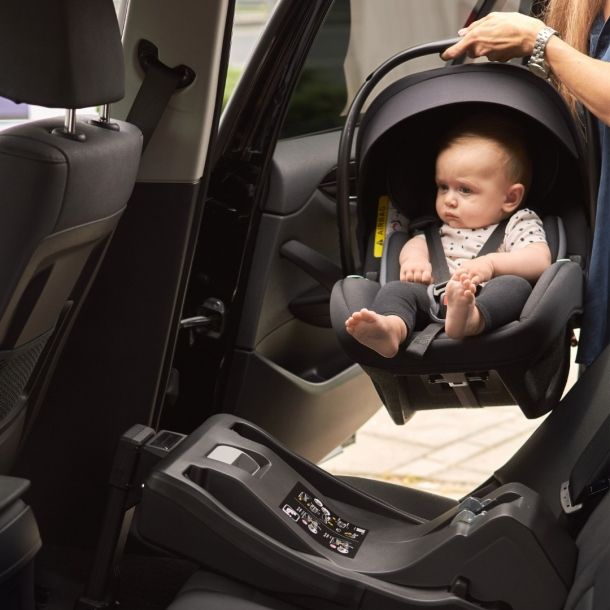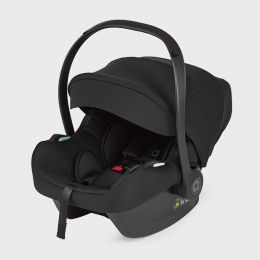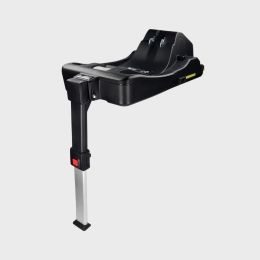Up to what age is a car seat required?

A child car seat is an essential element of safety during journeys in a vehicle. It reduces the risk of injury in case of an accident or sudden braking, which is why the use of car seats is regulated by law in many countries, including [local country].
How long do you need a car seat?
Parents often ask “when should you stop using a baby car seat?” The general recommendation is that a car seat is required until a child reaches a height of 150 cm or the age of 12 years. After this stage, a child may use the standard vehicle seat belt, provided it fits correctly: the belt must cross the shoulder, not the neck, and sit firmly across the lower part of the pelvis.
Age groups of car seats
A car seat ensures the correct body position in the vehicle, helps prevent injuries, and guarantees maximum safety in the event of an accident or emergency stop.
When purchasing a car seat, age and weight should be the primary considerations, followed by the quality and stability of the fastening system. Today’s market offers models classified according to a child’s weight and age:
- Group 0–0+
Car seats for newborns and infants up to about 1.5 years old, suitable for children weighing up to 13 kg. - Group 0+/1
Car seats for babies up to around 4.5 years, designed for children up to 18 kg. These usually have 5-point harnesses and adjustable backrests, which can often be positioned both forward-facing and rear-facing. - Group 1–2
Car seats suitable for children from 9 months to 7 years, designed for weights from 9–25 kg. - Group 3–4
Car seats for children from 3 to 12 years, suitable for 15–36 kg. These models often feature adjustable backrests and headrests.
Types of car seats
- Infant carriers – a special type of seat with a carrying function, commonly used for newborns. They usually consist of two parts: a base fixed to the car and the detachable seat itself. With the handle, parents can easily carry a sleeping baby indoors without waking them. Many models also include a canopy for extra protection.
- Convertible or multi-stage car seats – these versatile seats can be adapted for children of different ages and weights, extending their use over several years. They often allow adjustments in height and width, with reclining headrests and sometimes removable armrests.
- Booster seats – designed for older children weighing 15–36 kg, who have outgrown standard child car seats but are still too small for the vehicle’s seat belt alone. A booster raises the child to the correct height, ensuring the belt fits safely. Some booster seats have added safety features such as detachable headrests or integrated harnesses.
- Backless or frameless car seats – lightweight and foldable, suitable for older children. They are convenient for travel but provide a lower level of protection compared to framed seats.
Before buying any car seat, it is important to check that it meets safety standards, carries the necessary certification, and is compatible with the type of vehicle to guarantee both safety and comfort for the child.

